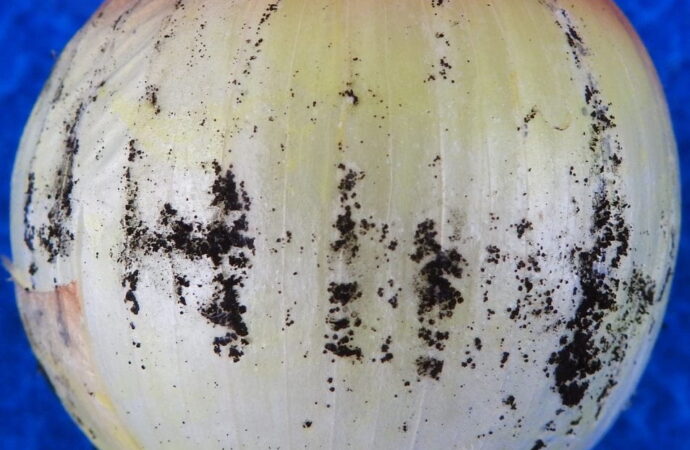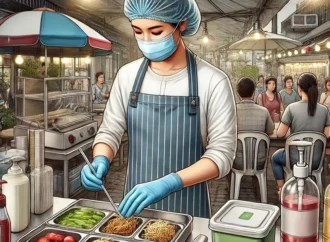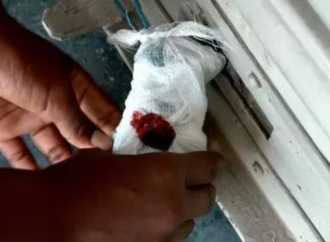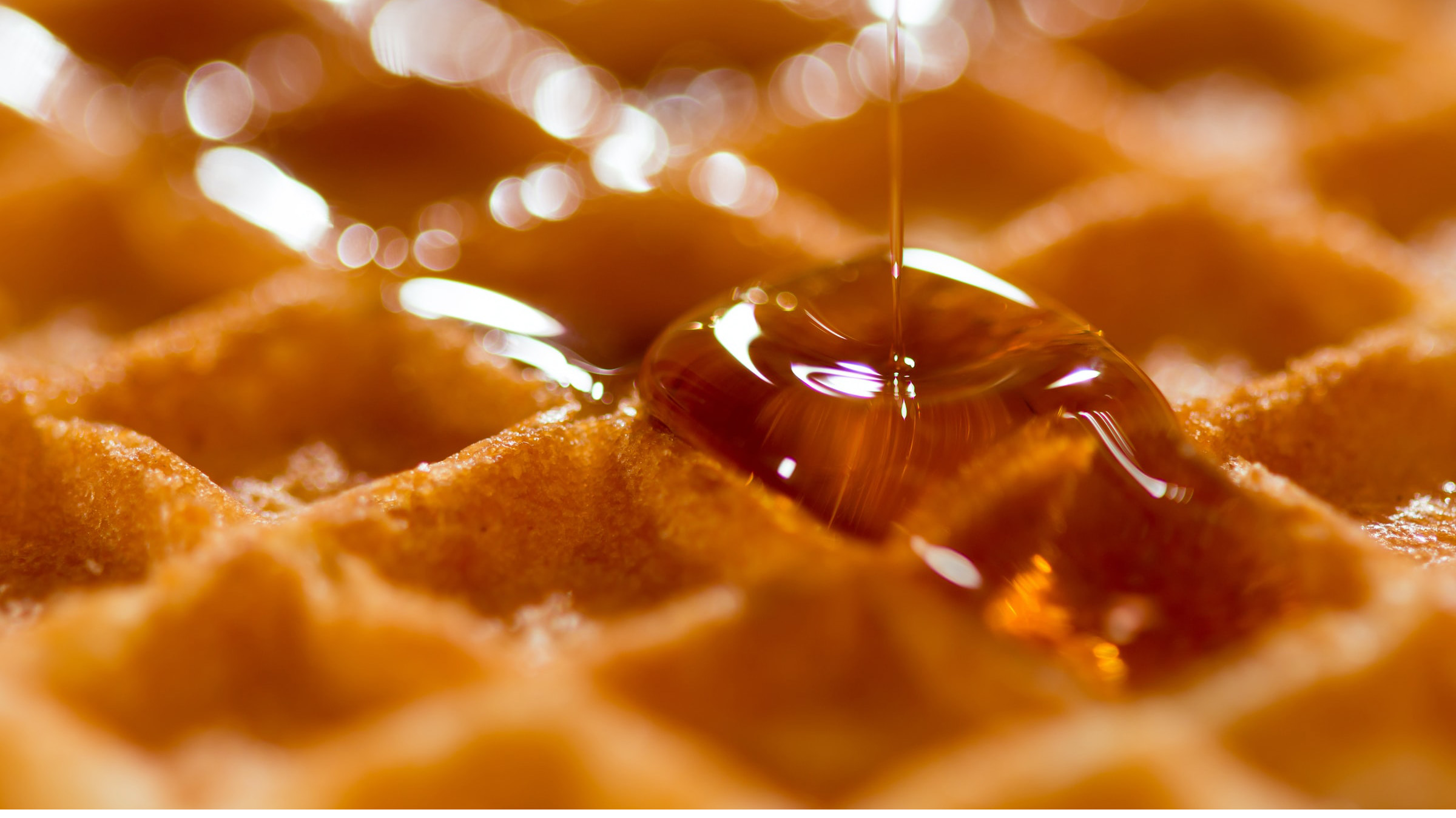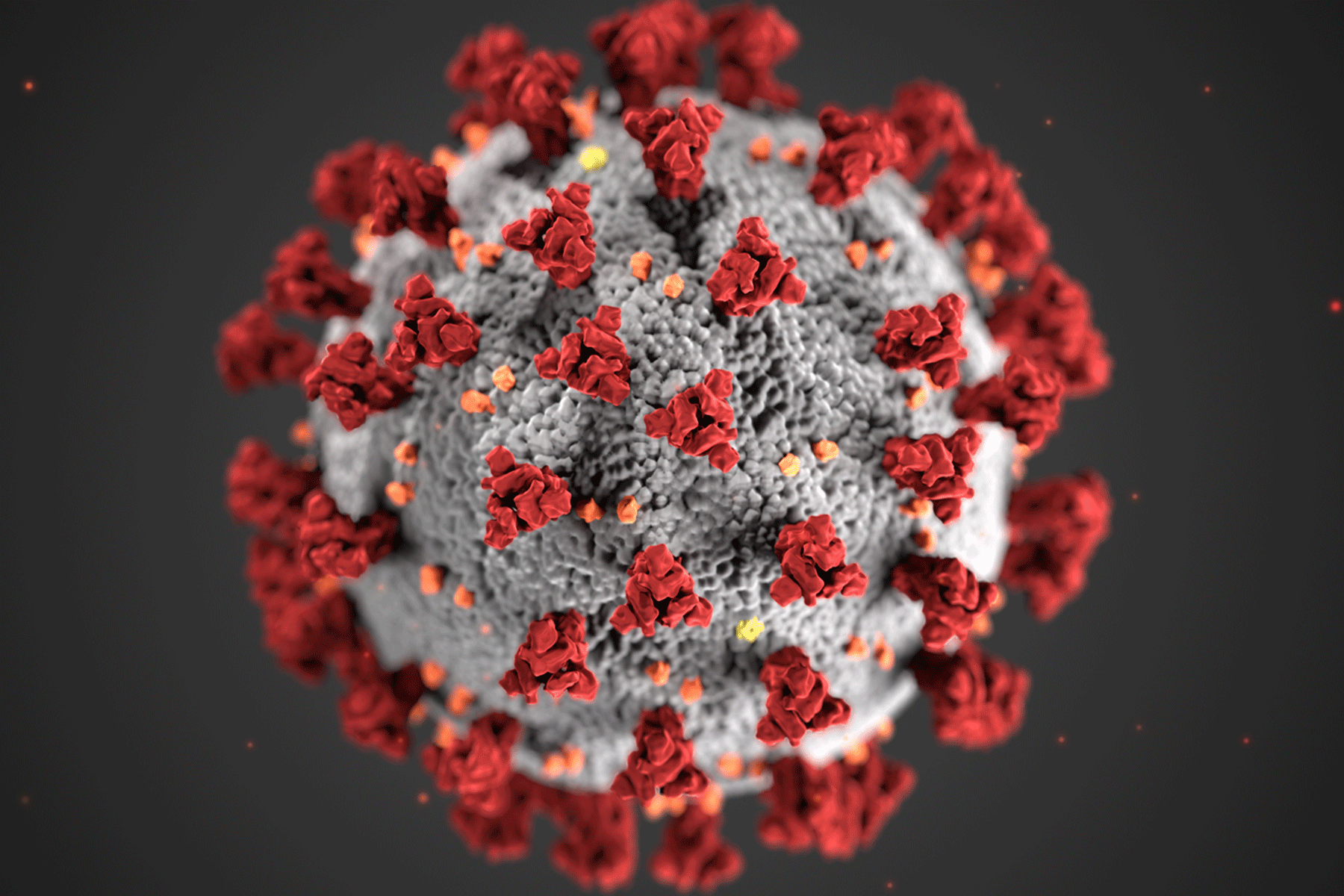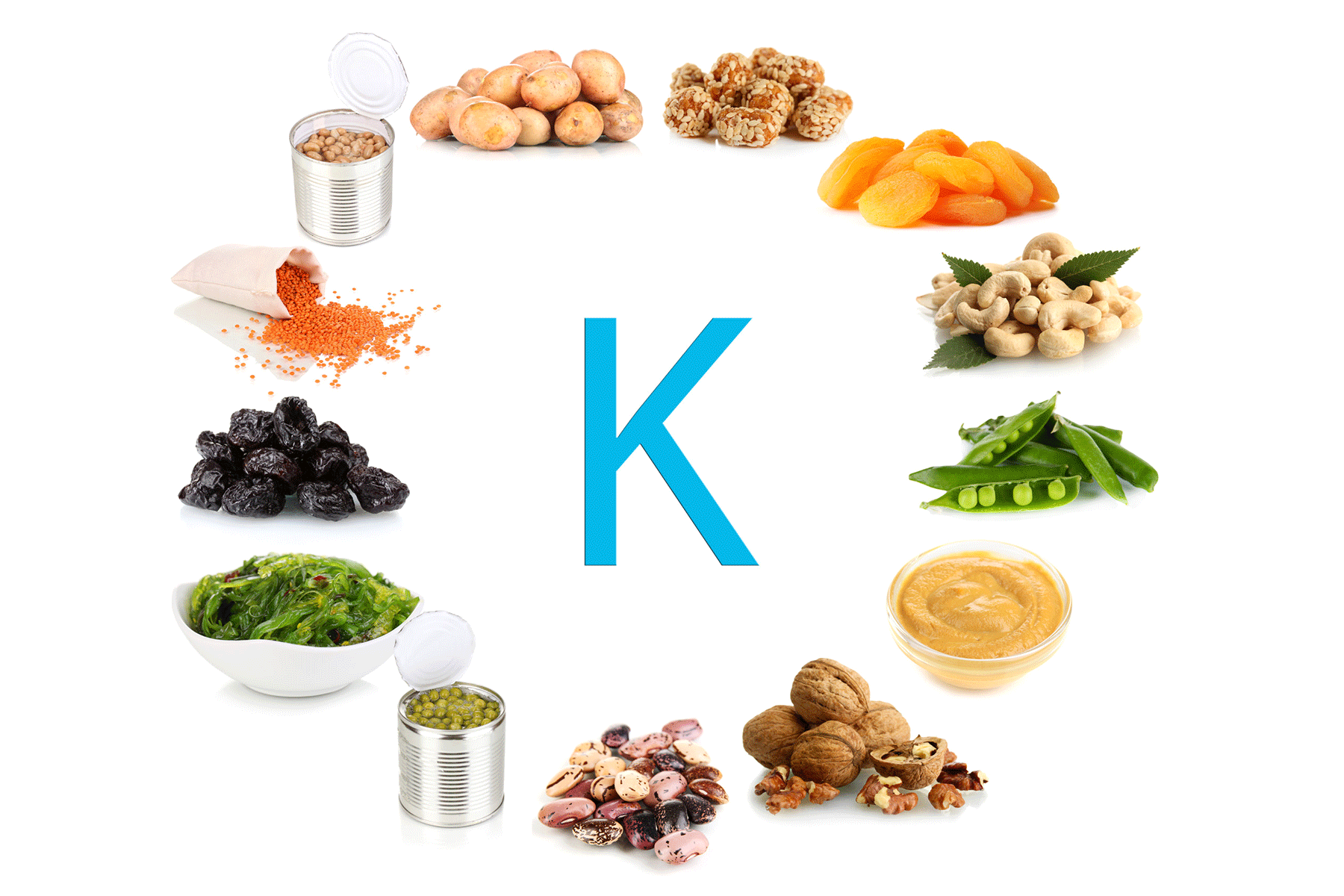Onions are a key ingredient in most Indian kitchens, but sometimes you may find black spots on their skin. These patches are usually caused by a fungus called Aspergillus niger, which leads to black mould. While it often grows on the dry outer layers, it can sometimes spread deeper into the onion, especially in warm, humid conditions. Improper storage, bruising, or moisture exposure can make onions more likely to develop mould. In this article, you’ll learn what these black spots mean, whether the onion is still safe to eat, and how to store onions correctly to prevent spoilage.
What Are the Black Spots on Onions?
Black spots on onions usually appear due to a fungal infection, most commonly caused by Aspergillus niger. This fungus leads to what’s known as black mould, which typically shows up on the onion’s dry outer skin as dark, powdery patches. However, under certain conditions, it can spread deeper into the onion layers. Aspergillus niger thrives in warm, humid environments and affects onions that are bruised, damaged, or stored improperly—especially in places with poor air circulation or high moisture. While it’s commonly found in the environment, it becomes a problem when it contaminates food and is allowed to grow.
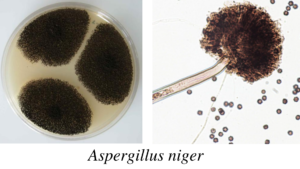
How Do Onions Get Black Mould?
Black mould on onions can develop at various stages:
- Farmers may cause it during harvest if they don’t dry the onions properly after pulling them from the soil.
- It can form during transport if handlers pack onions too tightly or damage them in transit.
- Retailers or consumers may trigger it during storage by keeping onions in moist or poorly ventilated places, like plastic bags or closed boxes.
- Even a healthy-looking onion can grow mould if someone stores it near moisture or in a warm spot for too long.
Are Onions with Black Spots Safe to Eat?
It depends on where the spots are and how deep the damage goes.
If the black mould is only on the outer skin:
- You can peel off the outer layers, wash your hands, and use the clean part inside.
- This is generally safe, and many people do this regularly.
If the black spots are inside or the onion is soft/slimy:
- It’s better to throw it away.
- Mould inside the flesh can release harmful toxins, especially for people with allergies or weak immunity.
If you see green or white fuzz, or the onion smells bad:
- These are signs that the onion has spoiled, and it’s no longer safe to eat.
In short, use your senses—look, touch, and smell. If anything feels off, it’s better not to take a chance.
Can Mouldy Onions Make You Sick?
Yes, they can. While a little surface mould may not hurt a healthy adult, eating mouldy or spoiled onions can cause:
-
Stomach pain
-
Vomiting
-
Diarrhoea
-
Allergic reactions in sensitive individuals
Mould produces mycotoxins, which are harmful chemicals. Long-term exposure to these toxins, even in small amounts, is not good for health. So if you’re unsure about an onion, it’s safest to throw it out.
How to Prevent Black Spots on Onions
Preventing black mould is simple if you store onions the right way. Here are some tips:
-
Keep them in a cool, dry place – Avoid humid spots like under the sink or next to the stove.
-
Do not store onions in plastic bags – Use a mesh bag, basket, or open tray for good airflow.
-
Keep onions away from potatoes – Potatoes release moisture, which speeds up spoilage.
-
Use the oldest onions first – Practice “first in, first out” to reduce waste.
-
Handle onions gently – Bruised or damaged onions spoil faster and are more likely to get mouldy.
-
Buy in small batches if you don’t have a good storage area.
If you grow onions at home, make sure they are well-dried before storing. Drying helps the outer layers become tough and protective, keeping mould out.
Conclusion
Black spots on onions usually indicate black mould or fungal growth, often resulting from poor storage or handling. If the mould appears only on the outer layers, you can peel off the affected parts and use the rest. But if the mould spreads inside or the onion smells bad, throw it out. You can prevent spoilage by storing onions properly and checking them regularly. Safe food handling begins at home. Keep your meals healthy by staying alert to signs of spoilage. And remember the simple rule: “When in doubt, throw it out.”
 Food Manifest
Food Manifest 